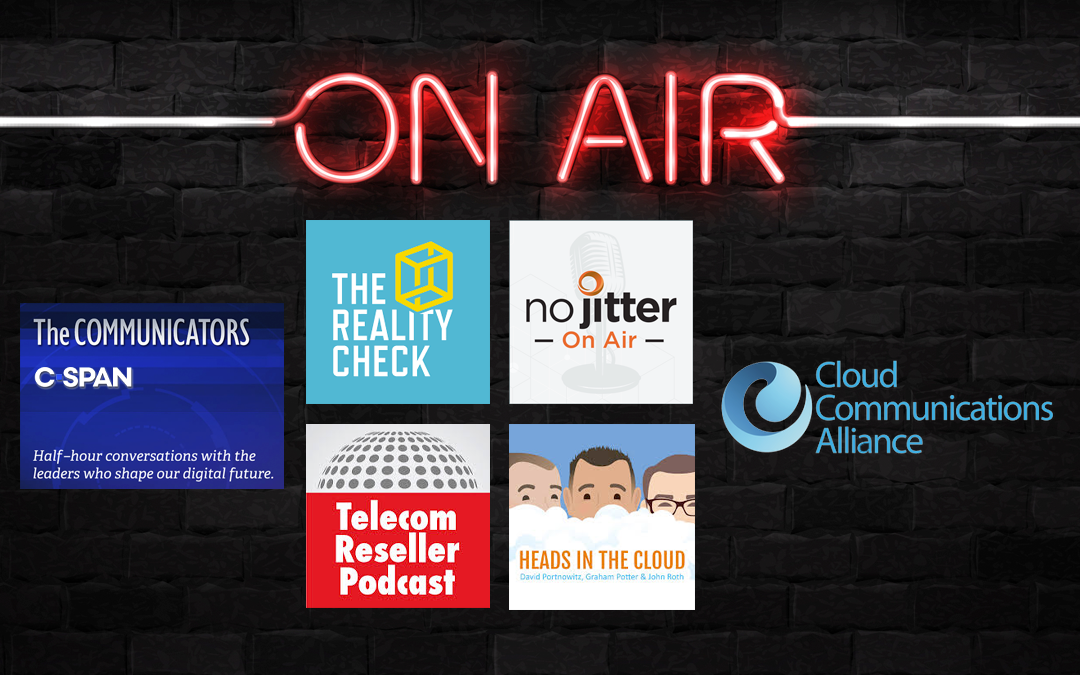With the public introduction of Open AI’s ChatGPT in late 2022 plus other generative artificial intelligence (AI, or “GenAI”) programs, AI has become perhaps the hottest topic in technology—both for its vast productivity potential in the workplace and, conversely, concerns about ethical usage and fears that it could replace humans.
Not surprisingly, GenAI was the focus of an entire content track at 2024’s ITEXPO in Fort Lauderdale. With well over a dozen sessions, the track covered the gamut, from the concerns (such as “Taming the Knowledge Sprawl: Strategies for Controlling Generative AI’s Expanding Knowledge,” and “Bias in AI: Cultural Considerations and Understandings”) to the opportunities (e.g., “Unleash the Power of AI: Transforming Data into Intelligent Content with Generative AI” and “Generative AI and the Customer Experience”).
Is AI Being Used in Telecom Now?
Artificial intelligence utilizes computers to analyze large amounts of data, with the goal of mimicking human intelligence. While Commio does not currently use generative AI in its VoIP or text messaging services, we and many cloud communications companies do take advantage of machine learning (also known as predictive analytics), which shares some similarities to AI and the terms are often used interchangeably. Machine learning also analyzes large data sets, but with a specific task that requires the identification of patterns in the data towards accurate, predictable results.
In particular, telecom companies use machine learning to ensure the lowest cost route for your calls (Least Cost Routing, or LCR). Commio extends that capability to ensure your calls take advantage not only of the lowest cost route but also the one with the highest quality connection (Intelligent Call Routing, or ICR). As you make more calls, the data set grows and the routing is optimized.
Machine learning is also used by telecom companies to identify disruptions in call patterns that might indicate routing and deliverability issues or even fraudulent calling.
AI Uses in Marketing
Like most companies in telecommunications and beyond, Commio has been experimenting with the use of AI to provide more extensive, detailed marketing and educational content in support of its customers and prospects (and no, it didn’t write this blog post 😉). Commio Marketing Director Tim McLain shared his experiences at ITEXPO as part of a panel discussion on “Marketing & Sales: Where Does GenAI Fit In,” along with Alexis Quintal, CEO of Rosarium PR & Marketing Collective, and moderator Peter Radizeski, president of telecommunications consulting company RAD-INFO Inc.
Some of the benefits of GenAI discussed by the panel include:
- Engaging more actively with target audiences
- Automating previously manual and mundane processes
- Enhancing brand visibility
- Optimizing short-term and long-term communications strategies
Radizeski opened by commenting how, in just the one year since GenAI was introduced, organizations that initially asked “How can we use ChatGPT to generate consistent marketing content?” have already moved on to, “Well, what else can we do with it?”
McLain cautioned that while Commio marketing and sales have used ChatGPT a fair bit at this point, particularly for attention-grabbing and lead-generating emails, automating the process has also involved extensive use of other tools such as Microsoft Excel and supplementary AI plugins. Customer training content has been another big focus. He notes the support of Commio’s management team: “Our leadership wanted to test just how far we could go, in terms of leveraging AI to generate better prompts, make automated email campaigns sound human and sincere, and much more.”
AI Tools Still Need Guidance
Quintal works directly with corporate CEOs, start-ups, and everything in-between to tell their respective stories, and she stresses that the goal shouldn’t be to “hire a wholesale AI marketing team.” Rather, marketing experts need to coordinate marketing strategies, analytics, and the comprehensive journey, with AI as a “highly capable enhancer of manual tasks” vs. an across-the-board replacement for personnel.
“Even Google had the smarts to name their tool ‘Copilot,’” she says. “You want AI beside you as support, not running your whole show.”
However else one chooses to incorporate GenAI into their sales and marketing strategies, Quintal and McLain agree that how you write your prompts is critical to your long-term success. “Engineering your prompts to meet your specific needs is key. Copy-pasting large masses of broad information can sometimes be selectively helpful to train AI models about your company or industry in the beginning, but shifting away from keyword stuffing and moving strategically closer to dynamic prompts is the way to go for achieving specific goals.”

















